Introduction
The University of Ferrara is a public comprehensive university with a long history in Ferrara, Emilia-Romagna, Italy. Its disciplines cover many fields such as law, medicine, pharmacy, architecture, engineering, economics, literature, philosophy, science, etc.
Overview
Number of students and faculty: In 2021, there are 25,245 students and 600 teaching staff, including 288 researchers.
Professional settings: There are 8 colleges, 20 teaching departments and multiple research centers, offering 78 undergraduate majors, various master's classes, graduate classes and professional training courses.
History and establishment time
The University of Ferrara was founded on March 4, 1391 by Duke Dest Marchese Alberto V with the permission of Pope Boniface IX. It is one of the oldest universities in Italy and one of the oldest universities in the world.
School strength
Faculty: It has 600 faculty members, including 288 Researchers, who are experienced in teaching and research, provide high-quality education and guidance for students.
Research level: According to a public report in 2007, the school was rated as the best university in Italy in research application development by the Italian Research Evaluation Steering Committee. The school has achieved fruitful research results. In recent years, many patents obtained by researchers have been put into production, and it has cooperated with many enterprises and institutions to promote the transformation of scientific research results.
International cooperation: Actively carry out international cooperation and establish cooperative relations with many universities and institutions around the world, such as conducting research and experimental cooperation with Chinese universities and enterprises in the fields of economy, architecture, medicine, law and engineering. It also offers dual degree courses with foreign universities and degree courses taught in English.
Institutional nature
Public university.
Educational philosophy
Focus on cultivating students' comprehensive quality and practical ability, emphasizing the combination of theory and practice, and providing students with practical opportunities through cooperation with social institutions and enterprises, so that students can better adapt to social needs. At the same time, pay attention to the personalized development of students and provide students with equal learning and development opportunities.
Key laboratories and disciplines
Key laboratories: The school has a number of advanced laboratories and research centers, which provide strong support for scientific research, but the specific key laboratory information is not clearly found.
Advantageous disciplines: Architecture, medicine, business and other majors are its advantageous disciplines. In the 2024 QS World University Rankings, the University of Ferrara ranks in the 851-900 range.
Faculty
The school has a total of 8 colleges, namely the School of Law, the School of Medicine and Surgery, the School of Pharmacy, the School of Architecture, the School of Engineering, the School of Economics, the School of Literature and Philosophy, and the School of Science and Natural Sciences.
Ranking
2022 QS World University Rankings: 801-1000.
2021 Academic Ranking of World Universities: 501-600.
2024 QS World University Rankings: 851-900.
Expenses
Tuition fees are about 5000-6000 euros/year, living expenses are about 5000-6000 euros/year, and the total cost is about 10,000 euros/year. Years.
Campus Environment
Geographical location: Located in Ferrara, a famous university city with a strong learning atmosphere and profound cultural heritage. It also retains the charming ancient style of the Middle Ages and the Renaissance. The city is beautiful, warm, safe and culturally active.
Teaching facilities: The school has complete teaching facilities, modern teaching buildings, libraries, etc. The library has a rich collection of books, providing sufficient material support for students' study and research.
Living facilities: The living facilities around the campus are complete, including student dormitories, canteens, supermarkets, etc., providing convenient living conditions for students.
-
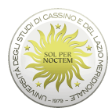
University of Cassino and Southern Lazio
-

University of Campania Luigi Vanvitelli
-
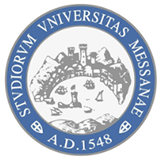
University of Messina
-
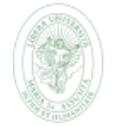
Libera Universita degli Studi Maria SS. Assunta di Roma (LUMSA)
-
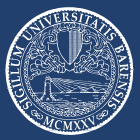
University of Bari Aldo Moro
-
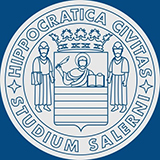
University of Salerno
-
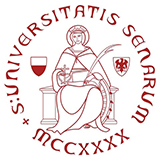
University of Siena
-
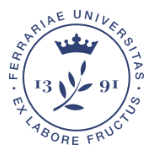
University of Ferrara
-
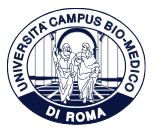
Campus Bio-Medico University of Rome
-

University of Genoa
-

Mesoamerican University
-

Istmo University
-

Mariano Galvez University of Guatemala
-

Regional University of Guatemala
-

Galileo University
-

Francisco Marroquín University
-

Rafael Landívar University
-

University of the Valley of Guatemala
-

University of San Carlos of Guatemala
-

Technological Institute of Tlaxcala Plateau
-

Golfo University
-

Technological University of South Sonora
-

Technological University of Huejotzingo
-

Tizimín Institute of Technology
-

Chilpancingo Institute of Technology
